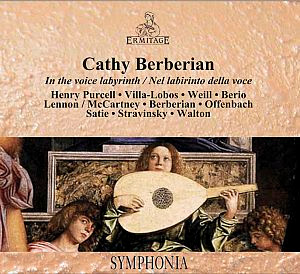Search This Blog
Early music and more by Edward Breen
Where possible, review entries are linked to their original publication.
Posts
Showing posts from February, 2018
Missa Videte miraculum & Ave Maria, ancilla Trinitatis
- Get link
- Other Apps
A Performance and Reception History of On parole/A paris/Frese nouvel
- Get link
- Other Apps
David Munrow’s ‘Turkish Nightclub Piece’
- Get link
- Other Apps



